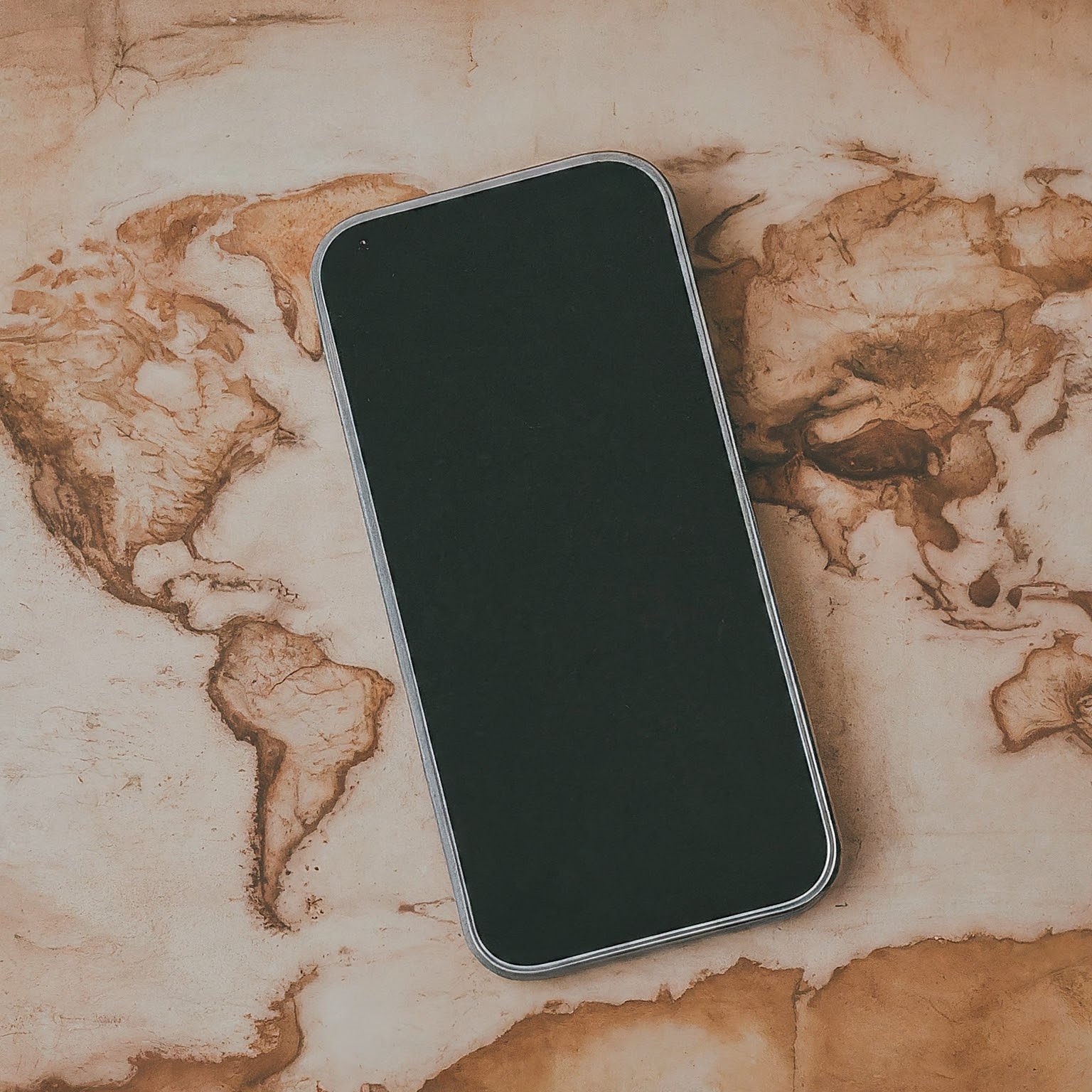In today’s interconnected world, the ability to communicate seamlessly across borders has become paramount. Whether it’s connecting with loved ones, conducting business, or simply exploring new cultures, the international phone number serves as the gateway to global communication. In this exclusive article, we delve into the world of international phone numbers, exploring their structure, significance, and the intricacies of dialing them correctly.

Decoding the International Phone Number
An international phone number is a unique sequence of digits that enables individuals and businesses to connect with phone subscribers in different countries. Understanding its structure is crucial for successful international communication.
Key Components:
- + (Plus Sign): This symbol, preceding the country code, indicates an international call. It replaces the need for specific exit codes used in different countries.
- Country Code: Each country is assigned a unique country code, typically ranging from one to three digits. For example, the country code for the United States is 1, while the country code for the United Kingdom is 44.
- Area Code (if applicable): In many countries, area codes are used to identify specific regions or cities within the country. When dialing an international landline number, including the area code is usually necessary.
- Local Phone Number: This is the specific phone number assigned to the individual or business you are trying to reach within the designated area code.
Example: To call a landline in London, UK, the international phone number format would be: +44 20 XXXX XXXX (where 20 is the area code for London and the Xs represent the local phone number).
The Significance of International Phone Numbers
International phone numbers play a pivotal role in facilitating global communication and fostering connections across borders. They empower individuals and businesses to:
- Connect with loved ones: Stay in touch with family and friends residing in different countries, bridging geographical distances and maintaining strong relationships.
- Conduct international business: Expand business reach, collaborate with partners, and tap into new markets by seamlessly communicating with clients and stakeholders worldwide.
- Access global services: Reach customer support, make reservations, or seek assistance from organizations located in different countries.
- Explore new cultures: Engage with people from different backgrounds, learn about their customs and traditions, and broaden your horizons.
Dialing an International Phone Number: A Step-by-Step Guide
While the concept of an international phone number is simple, dialing one correctly requires attention to detail. Follow these steps to ensure a successful connection:
- Check your phone plan: Before making an international call, verify that your phone plan includes international calling or consider adding an international calling package to avoid unexpected charges.
- Gather the necessary information: Obtain the complete international phone number, including the country code, area code (if applicable), and local phone number. You can usually find this information online or through your contact list.
- Dial the number:
- Start with the plus sign (+): This indicates an international call.
- Enter the country code: Dial the country code for the destination country.
- Include the area code (if applicable): If calling a landline, enter the relevant area code.
- Finish with the local phone number: Dial the remaining digits of the local phone number.
- Wait for the call to connect: International calls may take a few moments to connect, depending on the distance and network conditions.
Tips for Successful International Calling
To ensure a smooth and cost-effective international calling experience, consider these helpful tips:
- Be mindful of time zones: Factor in the time difference between your location and the destination country to avoid calling at inconvenient hours.
- Use a reliable network: Ensure you have a strong and stable network connection, especially when making calls from a mobile phone.
- Consider alternative calling options: Explore VoIP (Voice over Internet Protocol) services or mobile apps that offer affordable international calling rates.
- Be aware of country-specific dialing rules: Some countries may have specific dialing rules or prefixes for certain types of calls (e.g., mobile vs. landline). Research these rules beforehand to avoid any confusion.
- Learn basic phrases in the local language: If you’re not fluent in the language spoken in the destination country, learning a few basic phrases can help facilitate communication and show respect to the person you’re calling.
Overcoming Challenges in International Calling
While international calling has become more accessible than ever, certain challenges may arise. Here are some common issues and how to address them:
- Call not connecting: Double-check the international phone number, including the country code, area code, and local number. If the issue persists, contact your telecom provider for assistance.
- Poor call quality: Try calling from a different location with a stronger network signal or consider using a VoIP service for better call quality.
- High charges: Review your phone plan’s international calling rates and explore alternative calling options, such as VoIP services or prepaid calling cards, to reduce costs.
The Future of International Phone Numbers
As technology continues to advance, the future of international phone numbers holds exciting possibilities. The rise of 5G networks, satellite communication, and cloud-based solutions is set to revolutionize global connectivity, making international calling even more seamless and accessible.
Furthermore, the integration of artificial intelligence and machine learning could lead to the development of advanced translation services, breaking down language barriers and fostering greater cross-cultural communication.
Conclusion
The international phone number is a powerful tool that connects people and businesses across the globe. By understanding its structure, dialing it correctly, and being mindful of best practices, you can unlock a world of opportunities for communication, collaboration, and cultural exchange.
لا تعليق